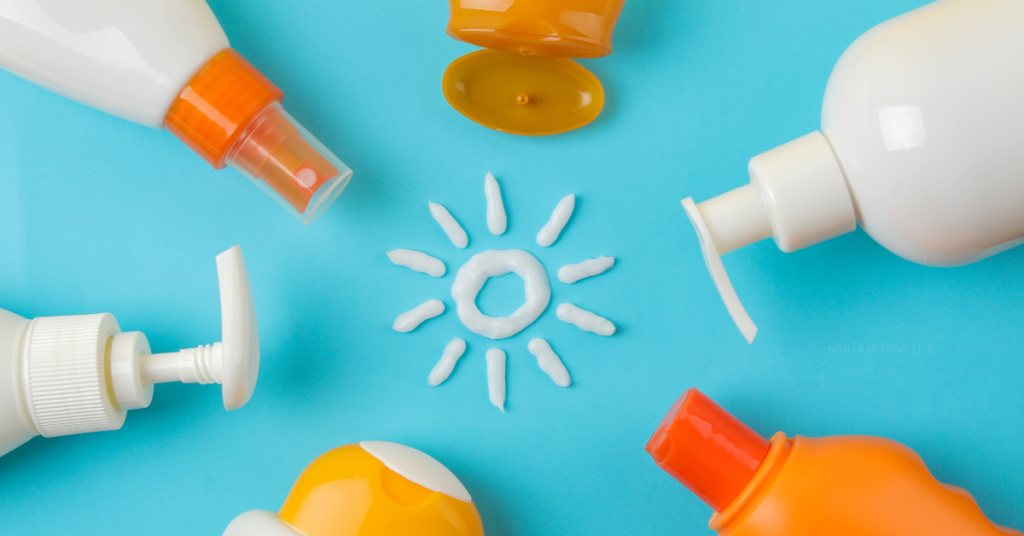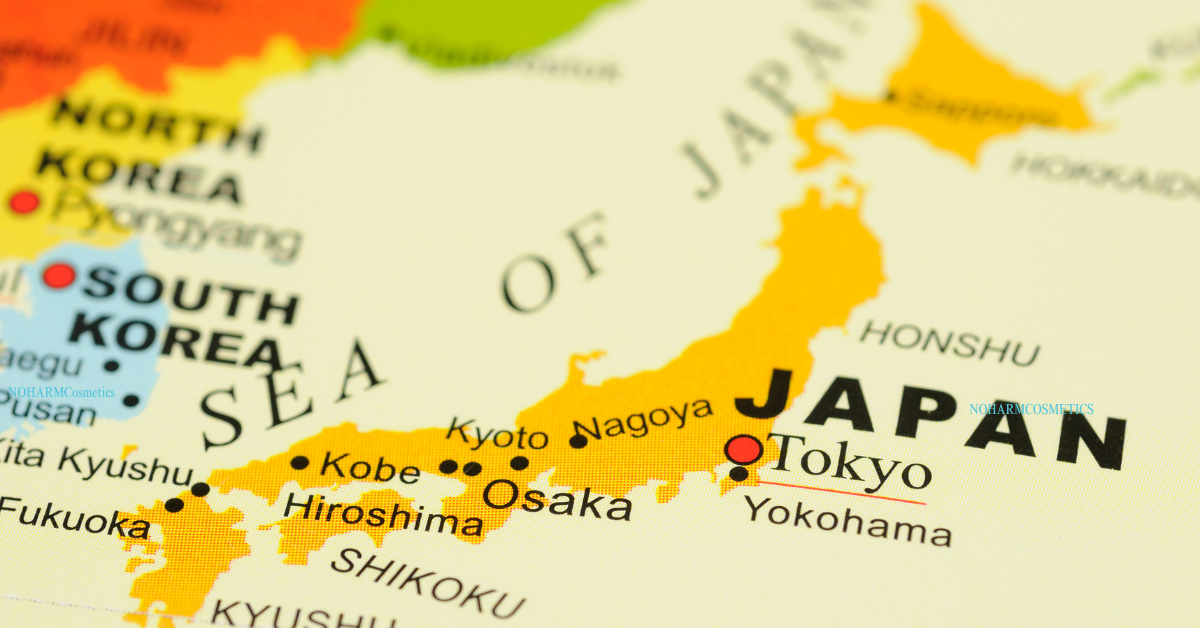In a beauty industry driven by trends and marketing hype, Japan’s skincare approach stands out not just for its minimalist routines but for something more fundamental: safety.
Safety by Design, Not Chance
Since 2021, the United States and Australia have recalled multiple sunscreens due to benzene contamination, a known carcinogen. Japan? Zero recalls.
This isn’t luck. Japan’s Ministry of Health, Labour and Welfare requires pre-market safety testing and enforces strict ingredient purity standards. They prevent problems rather than scrambling to fix them after products reach consumers. In Japan, sunscreens are classified as quasi-drugs (iyaku-bugaihin) under the Pharmaceuticals and Medical Devices Act, regulated by the Ministry of Health, Labour and Welfare (MHLW) and the Pharmaceuticals and Medical Devices Agency (PMDA). Quasi-drugs require pre-market approval, including detailed safety and quality assessments.
Compare this to the United States, where despite the 2022 Modernization of Cosmetics Regulation Act (MoCRA)–the first major update to US cosmetics law since 1938—systemic gaps remain. While MoCRA introduced important changes like mandatory adverse event reporting and FDA recall authority, it still doesn’t require systematic post-production testing for contaminants. This means potentially hazardous products can circulate undetected for years until problems emerge. The lower recall numbers in the US likely reflect inadequate surveillance rather than superior safety.
The Numbers Don’t Lie
The evidence extends beyond recall notices. Japan reports melanoma rates of approximately 0.5–1.5 per 100,000 population and non-melanoma skin cancer rates of 3–5 per 100,000.
Meanwhile:
- Australia: 60–70 melanoma cases per 100,000; over 1,000 non-melanoma cases per 100,000
- United States: 22–25 melanoma cases per 100,000; 500–600 non-melanoma cases per 100,000
More Than Just Genetics
Japanese populations typically have skin types with more melanin, providing greater natural UV protection. Cultural practices like sun avoidance and consistent sunscreen use also contribute to lower skin cancer rates.
But these factors alone can’t explain the absence of benzene-contaminated products. This is where Japan’s regulatory framework proves its value—keeping harmful substances out of skincare from the start.
Redefining Innovation
While Western brands race to incorporate the newest ingredients, Japanese skincare innovates through refinement, purity, and safety. This reflects a fundamental difference in values: long-term skin health over immediate transformation, consistency over novelty.
The Takeaway
The clean beauty movement often focuses on avoiding specific ingredients rather than addressing systemic issues in product safety testing and oversight.
J-beauty reminds us that true skincare innovation isn’t just about new ingredients, it’s about higher standards and greater accountability. Sometimes the most radical choice isn’t embracing the latest trend, but looking to cultures that have prioritized safety all along.


